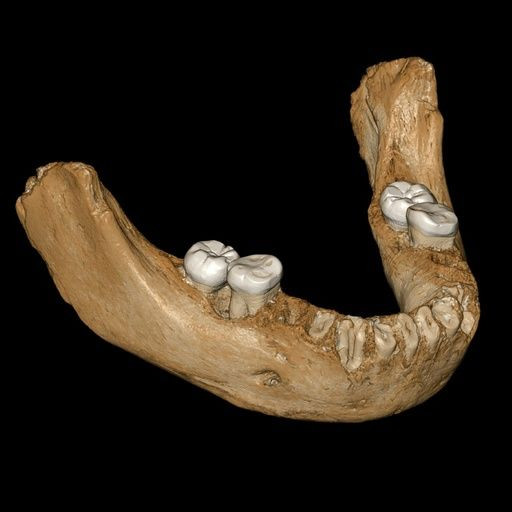DNA Of Mysterious Human Ancestor Found On The ‘Roof Of The World’ In Tibet
KEY POINTS
- Not much was known about the Denisovans after they had disappeared sometime in history
- Tibetan people may have inherited their adaptability to high altitude from the Denisovans
- Researchers want to determine the exact chronological context for Denisovans' life in the cave
A DNA present in the soil of Baishiya Karst Cave on the Tibetan Plateau confirmed that Denisovans, humans’ ancestors that are closely related to the Neanderthals, lived in the Buddhist sanctuary cave between 45,000 and 100,000 years ago.
The study published in the journal Science aims to support the theory that Denisovans lived across various locations and that their lifestyle was not limited to the Denisova Cave in Siberia, where some of their fossils were first found.
There was not much known about the Denisovans before the said study, hence the mystery that surrounded them. Earlier studies only concluded that they lived in Siberia between 45,000 and 400,000 years ago and resided in high altitudes that would be harsh for modern humans.
Denisovans disappeared almost without a trace, except for some fragments of bones that were the basis of the previous studies and a mandible found by a Buddhist monk decades ago. Scientists were skeptical about the latter and the new study aims to put an end to these doubts.
For the present study, a team of international archeologists used a new technology where they sample the human DNA found in the soil instead of simply collecting fossils and studying the fragments.
“We found firm evidence for the long-term presence of Denisovans in Baishiya Karst Cave and provided stratigraphic and chronological context for their occupation in the cave, confirming the occupation of Denisovans on the Tibetan Plateau,” Professor Bo Li, associate professor and dating specialists from the University of Wollongong, said in a press release.
Li noted that the mandible is by far the biggest fossil found that belonged to Denisovans and so far the only remains found outside Siberia. Furthermore, there could also be a possibility that Tibetan people inherited some of the Denisovan’s unique DNA.
“It (mandible) was discovered on the Tibet Plateau, on the ‘roof of the world’, more than 3000m above sea level, indicating that modern Tibetan people may have inherited some of their genes to adapt to high-altitude environment,” Li further explained.
Li said there could be more insights about the Denisovans that could be retrieved from the cave. The next step for the team is to gather more DNA samples from the cave and finally identify the exact timeline of Denisovans’ life inside—from their first occupancy to the time they left and disappeared.

© Copyright IBTimes 2024. All rights reserved.





















